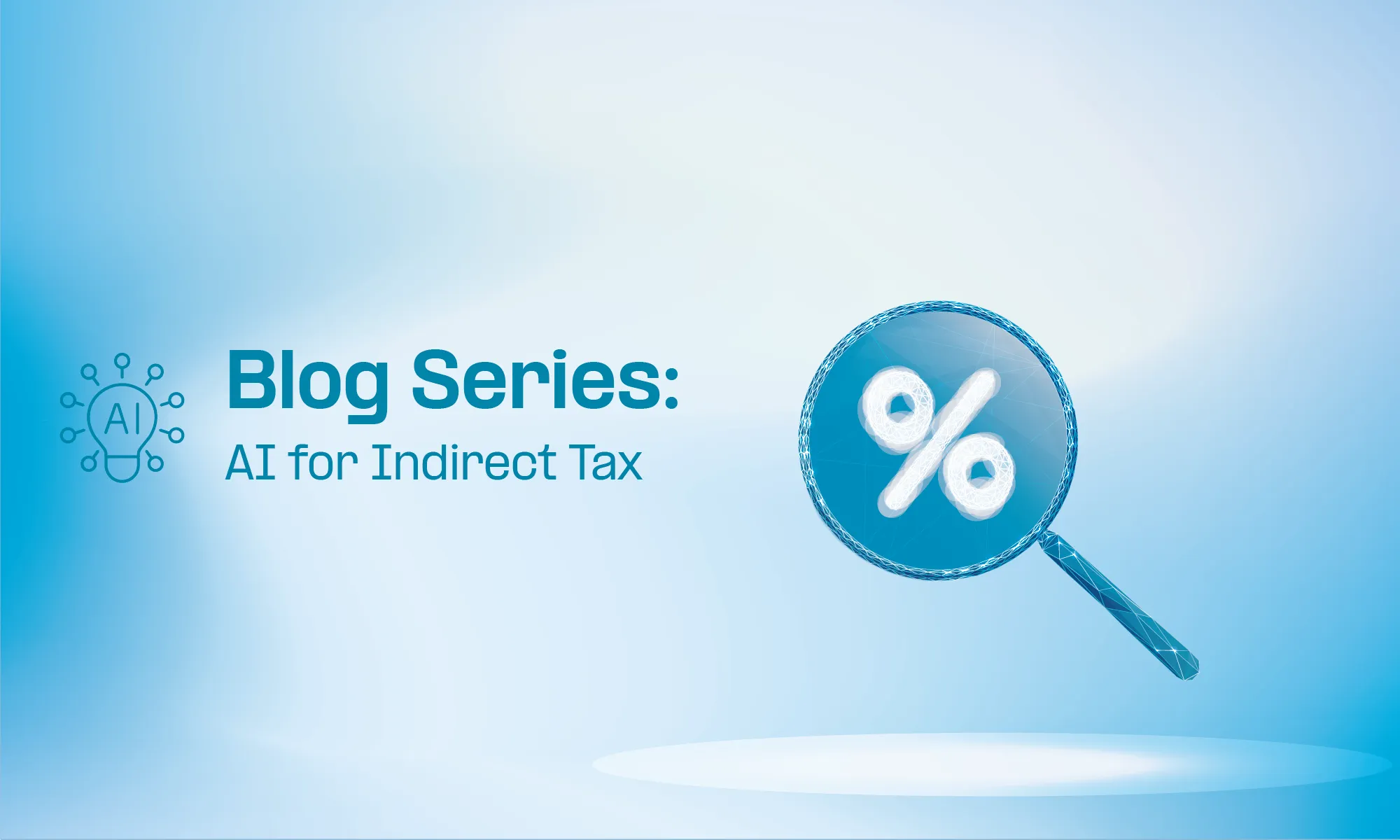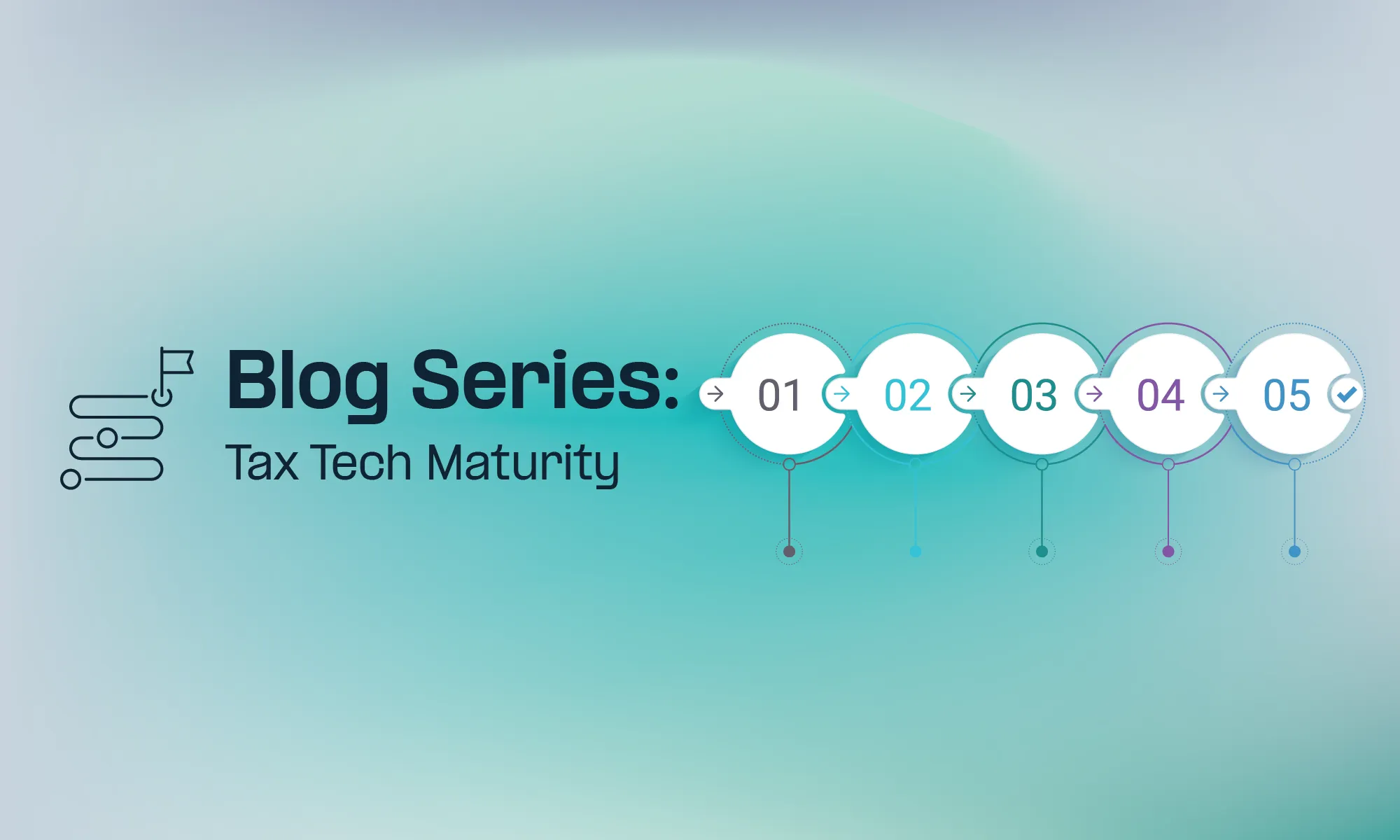Hungary VAT Guide for International Businesses
Summary
Standard VAT Rate
27%
Digital Reporting Requirements / E-invoicing
Yes
Sales Tax on Cross-Border Electronically Supplied Services
Yes
Tax Authority Website
National Tax and Customs Administration (Nemzeti Adó- és Vámhivatal)
VAT Rates in Hungary
The standard Value Added Tax (”Általános Forgalmi Adó” (ÁFA)) rate in Hungary is 27%, with some goods and services exempt from Hungarian VAT, such as financial services.
VAT Registration Thresholds in Hungary
- VAT registration threshold for domestic established sellers: No registration threshold
- VAT registration threshold for non-established sellers: No registration threshold
- VAT registration threshold for intra-EU distance selling of goods and B2C telecommunications, broadcasting & electronic services (TBE): EUR 10,000 (net) per calendar year
- VAT registration threshold for non-resident, non-EU based suppliers of Electronically Supplied Services (ESS): No registration threshold
Hungarian VAT Number Format
Individuals have a 10-character Tax Identification Number, while businesses have an 11-character VAT number.
- Individuals: Adóazonosító jel
- Businesses: Adószám
- HU Format: 8-digit core number + 1-digit VAT status code + 2-digit competent tax office code
- EU Format: country code HU + 8-digit core number
VAT on Electronically Supplied Services (ESS) in Hungary
Digital Services in the European Union (EU) are often referred to as electronically supplied services (ESS). Hungary applies the harmonized EU VAT rules for ESS.
- For B2B supplies of such services, the general place of supply rule for services should be taken into consideration.
- For B2C supplies, the EU ESS rules should apply to foreign companies selling to Hungarian consumers.
Under the EU’s B2C ESS rules, until the sales value reaches EUR 10,000 (including distance sales of goods), the seller can charge VAT where it is resident. Once the sales exceed the threshold, the seller should register for VAT in Hungary, or it can choose to account for the VAT under the EU’s One Stop Shop (OSS) regime.
VAT Rate: 27% VAT is typically applied to the sale of affected electronically supplied services
Will your business need to pay VAT on digital services in Hungary in 2024?
Learn More About VAT on Digital Services in Hungary
Marketplace & Platform Operator Rules in Hungary
Hungary applies the harmonized European Union’s (EU) VAT rules for marketplace & platform operators.
Supply of goods
A marketplace is deemed to have received and supplied the goods themselves. This transaction is split into two supplies:
- A supply from the underlying supplier to the marketplace (deemed B2B supply)
- A supply from the marketplace to the final customer (deemed B2C supply).
This rule covers the following:
- Distance sales of goods imported to the EU with a value not exceeding EUR 150
- Supplies of goods to customers in the EU, irrespective of their value, when the underlying supplier is not established in the EU (both domestic supplies and distance sales within the EU are covered).
Supply of services
When electronically supplied services are sold through an intermediary, e.g. a marketplace for applications, the intermediary is deemed to have received and supplied the services themselves. Therefore, the VAT liability shifts to the intermediary from the underlying supplier.
Invoice Requirements in Hungary
According to the Hungarian VAT Act, invoices should contain the following information:
- Document & general transaction information
- Date of issue
- Sequential number of the invoice
- Date of supply if it is different from the date of issue
- Supplier information
- Name, address, and VAT number
- Customer information
- Name, address, and VAT number
- Financial transaction information
- Breakdown of the goods or services - description, quantity, unit price excl. VAT
- VAT rate(s)
- VAT amount
- VAT amount in HUF even if the invoice currency is different
- Total amount of the goods or services excl. VAT
- Additional information that may be required:
- Group VAT number
- Discount if not included in the unit price
- VAT exemption reference
- The term “reverse charge” or “self-billing”
- Name, address, and VAT number of the fiscal representative
E-Invoicing & Digital Reporting for Hungary
E-invoicing is voluntary in Hungary.
Mandatory real-time reporting was introduced in 2018, and the scope was gradually extended in 2020 and 2021. Since January 1, 2021, almost all outgoing transactions should be reported to the Hungarian Tax Authority, including cross-border and B2C sales.
Learn more about E-Invoicing and Digital Reporting in Hungary
Governmental Body Responsible for E-invoicing and Digital Reporting in Hungary
Nemzeti Adó- és Vámhivatal (NAV)
NAV has an online platform - Online Számla - dedicated to real-time reporting. Taxpayers can create/access their accounts, find the relevant legislation, technical documentation, guidelines and FAQs in one place.
VAT Payments and Returns in Hungary
Full VAT Returns
Hungary does not provide simplified VAT returns for VAT-registered non-resident taxpayers supplying qualifying electronically supplied services. Instead, they can avoid VAT registration in Hungary and use the EU One-Stop Shop (OSS) return.
Penalties in case of late filings or misdeclarations
In the case of the late filing of VAT returns and payments, the Hungarian Tax Authority enforces the following penalties:
- Up to HUF 100,000 if the taxpayer fails to file or correct the return after being notified by the Tax Authority
- Up to HUF 500,000 if the taxpayer fails to file or correct the return within the deadline after the first penalty
- Late payment interest on the VAT shortage, which is calculated daily from the due date until the payment date
- If the tax liability is established during a tax audit, a penalty of 50% of the tax shortage may be imposed.
Disclaimer on Tax Advice
Fonoa does not provide professional tax opinions or tax management advice specific to the facts and circumstances of your business and that your use of the Specification, Site, and In addition, due to rapidly changing tax rates and regulations that require interpretation by your qualified tax professionals, you bear full responsibility to determine the applicability of the output generated by the Specification and Services and to confirm its accuracy. No professional tax opinion and advice. Fonoa does not provide professional tax opinions or tax management advice specific to the facts and circumstances of your business and that your use of the Specification, Site, and In addition, due to rapidly changing tax rates and regulations that require interpretation by your qualified tax professionals, you bear full responsibility to determine the applicability of the output generated by the Specification and Services and to confirm its accuracy.










